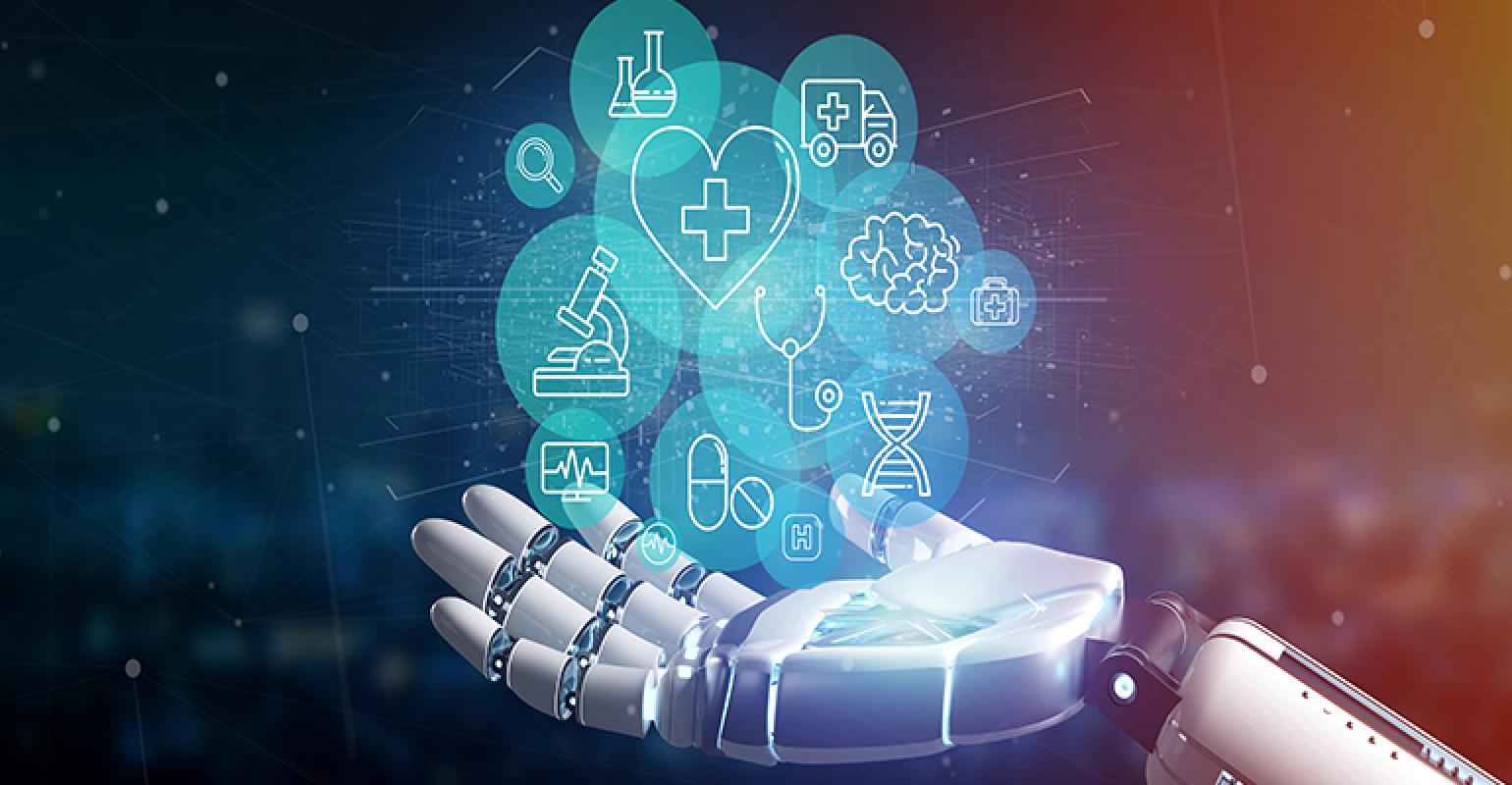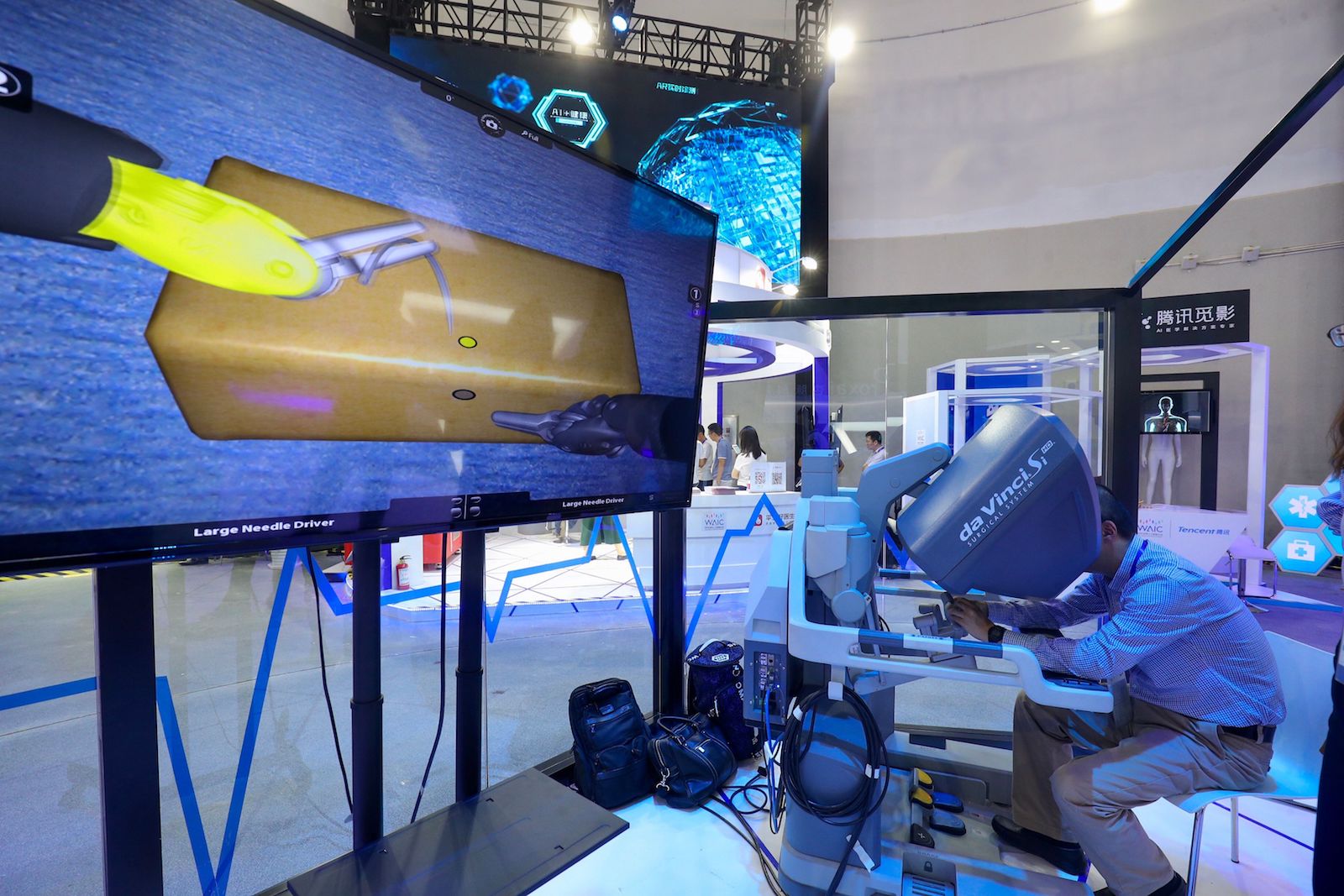Medicine and healthcare have always been rooted in innovation. From using herbs to cure illnesses, we have moved to using artificial intelligence to help us cure disease.
The application of artificial intelligence in the realm of healthcare and medicine has been rapidly evolving over the past decade. There’s an endless well of opportunity for technology to be used within the field of medicine.
From researching the cure for cancer to the application of risk assessment, technology has always been used to make significant interventions in patient care. Up next we’re going to tell you how AI is used in healthcare.

Data Integration
Healthcare is mainly manned by doctors and other health workers working with large amounts of data. These data can include medical history, medication, allergies, and any other information that can help save lives.
Incorporating them within the system can be quite difficult for humans to deal with. This is the reason why data integration is done with the help of artificial intelligence.
The technology helps consolidate all the information and streamline them at a faster pace. This time-saving process can help save lives especially those that are time-sensitive information.
The computing power of AI technology can help process treatment methods, survival rates, locations, interconnected health issues, and other data to provide the best intervention for the patient.
Developing Imaging Tools
Imaging tools such as CT scanners, X-rays, and MRI offer a non-invasive approach to diagnosis. Previously, they can be very difficult to use and the results take too long which could result in less efficiency in inpatient care.
Artificial intelligence will help provide a more accurate and detailed result of these machines. We could very well be in the midst of an innovative approach to imaging tools in radiology with a personalized approach.
Imaging becomes more clearer and accurate thus enabling doctors to efficiently diagnose different conditions.

Expansion to Underdeveloped Regions
The use of AI technology is not limited to developed countries. The use of artificial technology can have a great impact in underdeveloped countries where there are shortages of health workers.
The use of AI in imaging tools can now be done which helps in mitigating the effect of having a severe lack of healthcare personnel in underserved regions.
Efficient Documentation
The move to digitize healthcare documentation has proven to be an effective method in consolidating data. However, there is still much to improve in this sector. Human errors can still be made which can affect the way we treat our patients.
The use of AI allows the processing of data to be more intuitive and accurate. This also lessens errors being committed and allows for a more automated approach to the documentation process.
This will also help in routine requests such as medication refills and releasing of diagnostic results to health workers.
With all this data, the technology can also be used in detecting risk factors in patients. This would help prevent a lot of illnesses from ever reaching a stage where it becomes difficult to cure.
Help Monitor Patients
Machines attached to the patient with AI technology can help in monitoring changes in a patient’s condition.
The use of artificial intelligence increases the odds of identifying critical signs and symptoms that the patient may manifest. This results in an effective treatment method that can help save more lives in the process.
The machines are now able to detect sudden changes to the patient’s condition even as small as a slight deterioration. It becomes a critical factor in the progress towards patient care.
Another unique way that AI is helping the health industry is through wearing personal devices. Patients with wearable medical devices can be monitored at a distance. And healthcare workers are alerted to changes.
Conclusion
The use of artificial intelligence in healthcare makes the lives of doctors, nurses, patients, and other healthcare workers much easier. Performing different medical procedures becomes more accurate and efficient.